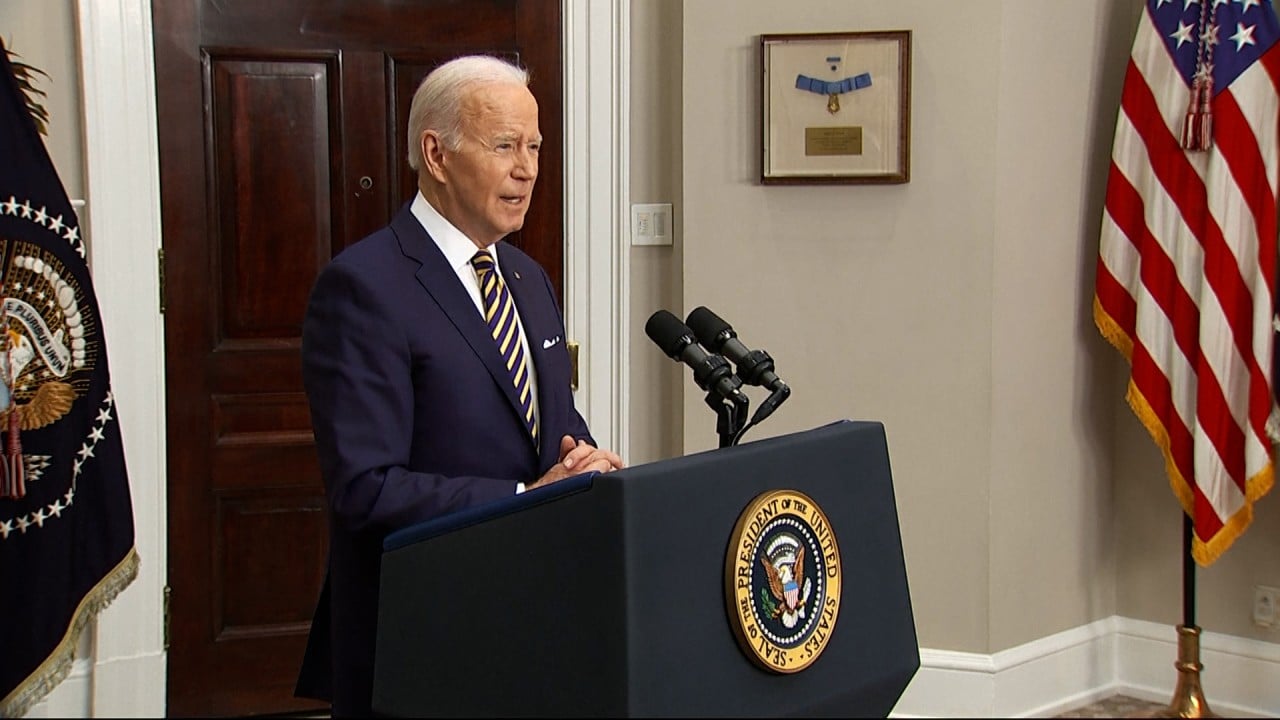Ukraine conflict: as Europe shuns Russian oil and gas, China to profit from demand for solar panels, analysts say
- Boycotting Russian supplies will mean near-quadrupling of solar and wind power installations in Europe by 2030 from current levels
- Solar panel prices hover near the recent peak in December, which was the highest since July 2019

The European Commission has proposed on March 8 to make Europe independent from Russian fossil fuel by accelerating the switch to renewable energy. The region, which currently relies on Russia for 40 per cent of its natural gas needs, is looking to trim that by two-thirds by the end of 2022, officials have said.
That would call for a near-quadrupling of installed capacity, in the form of 480 gigawatt (GW) of wind farms and 420GW of solar farms by 2030 from current levels. The initiative could also raise the EU’s installed solar-energy capacity to 585GW in 2030. These could compensate for the loss of 20 billion cubic metres of annual Russian gas imports.
“We believe overseas demand for China’s [solar panels] will remain strong” even at higher prices, said Dennis Ip, regional head of utilities and renewables research at Daiwa Capital Markets, wrote in a note on Monday. Besides supply security concerns, the Ukraine conflict will also encourage energy users to go green faster, he added.

